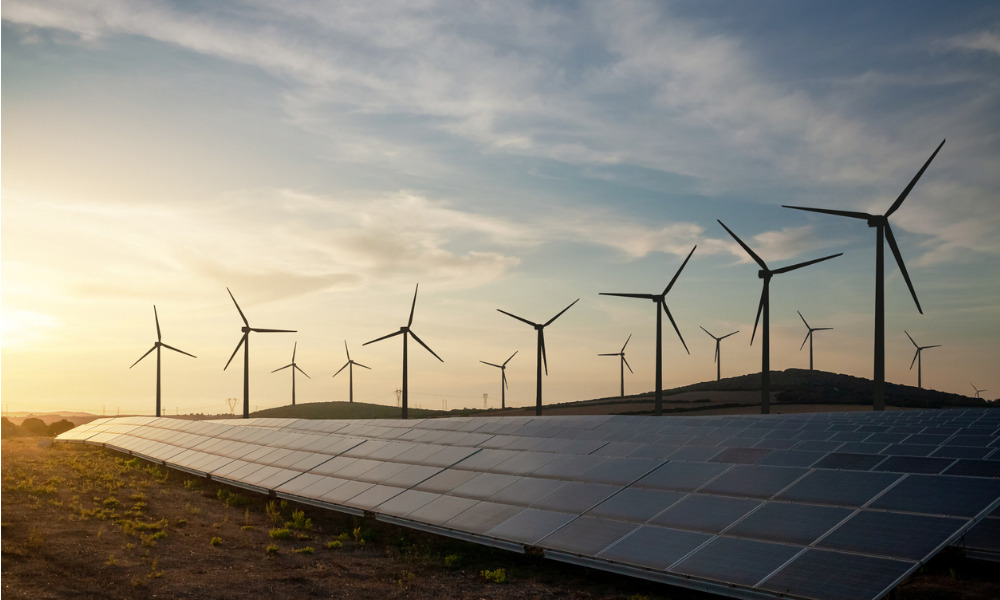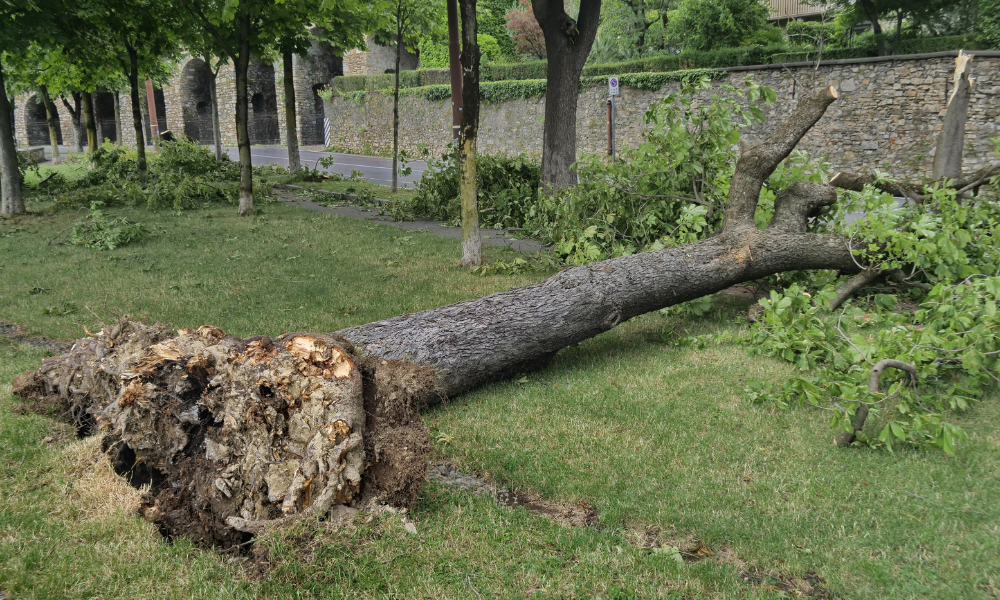Why one expert says "there's going to be a lot of injuries until they do"

As the world moves towards renewable energy sources, there also needs to be a transfer of safety culture from the traditional energy industry to this newer offshoot, according to Laurence Pearlman, president of SafetyAnd Consulting Associates Inc.
“I think oil and gas is seen as old and in decline, and renewables is sexy, and on the increase, and when you're in that mode, it's like, let's go forward with what’s sexy and new, and I'm going to leave the old declining industry behind, and there's nothing I can learn from that,” explains Pearlman.
He gave a presentation this week at the Energy Safety Conference in Banff, Alberta about safety and renewable energy. Pearlman told a room full of energy safety professionals the attitude among operators in the renewables sector needs to change.
The BP Energy Outlook 2022 report shows that by 2050 only about 20 percent of the world’s energy sources will come from fossil fuels. The other 80 percent will be comprised of solar, wind, geothermal, biomass, and perhaps even hydrogen.
With the future looking greener, Pearlman says operators in the renewables sector need to put less emphasis on producing kilowatt hours, and focus more on safety. He claims many operators in the renewables sector “put generation ahead of safety” and says this relatively newer industry is where oil and gas was 50 years ago.
“I think if we look at oil and gas, we're just very mature on the conversations, the depth of knowledge and the understanding that you can't have one without the other. You have to have safety, you have to have operations,” says Pearlman who suggests that in the renewables sector, “that's tilted wrong right now.”
But it doesn’t have to be that way. Pearlman says renewables can learn from the traditional energy industry, and points to companies that are adopting safety practices from oil and gas as having strong safety records. He says all the operators in the solar power space that have total recordable injury rates of less than 1.0 have one thing in common; they’re owned by utility and oil companies.
The better inherited safety practices stem from the fact that the hazards are similar. For example, working at heights on an oil drilling rig is similar to working at heights while installing solar panels on a roof, or climbing up and down wind turbines. Emergency rescue operations for an offshore oil rig aren’t that different from what is required for an offshore wind turbine. The similarities in hazards and control methods are endless.
Pearlman says the renewables sector needs to recognize these similarities sooner rather than later. He says it is going to be up to the leaders who oversee safety to take a stand, “and say, I really believe safety is important. I care about my workforce, and it's not acceptable to rush to the kilowatt hour…and they'll figure that out. But unfortunately, as we saw in the data, there's going to be a lot of injuries until they do.”
The Canada Energy Regulator has a role to play in developing regulations and enforcement procedures, but the process is also political, as one member of the regulator in attendance at Pearlman’s presentation pointed out, saying Natural Resources Canada is still working on a framework for some renewable sectors.
As renewable energy sectors grow, Pearlman says some companies will care deeply about compliance, while others won’t, but says that will come with a “reputational risk.” And so far, Pearlman claims, we haven’t seen the renewable industry seem interested in putting safety first.





